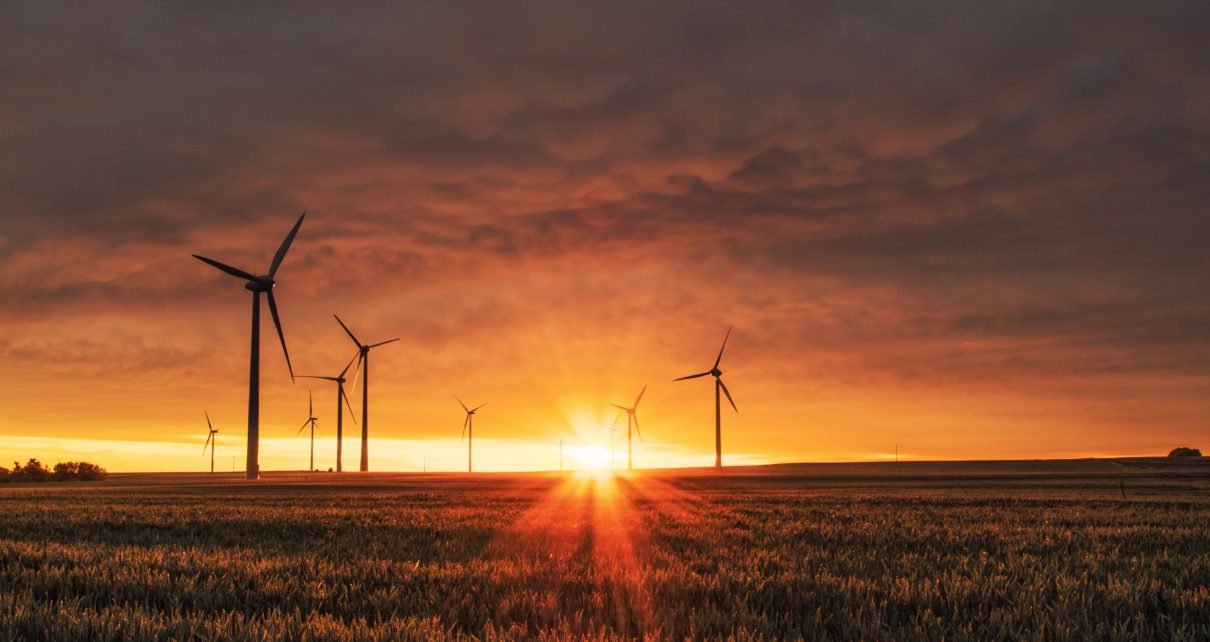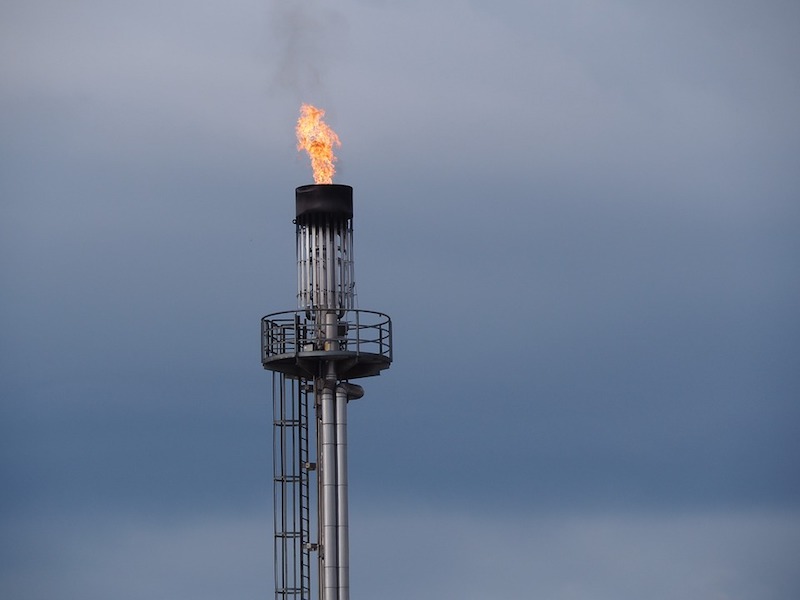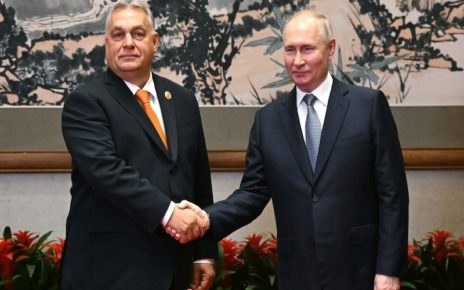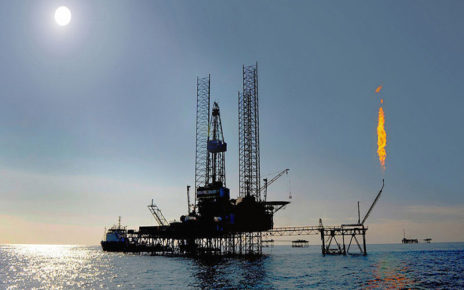The cooperation of Azerbaijan with European and NATO energy policy received a new boost recently, as the country has organized cooperation with Kazakhstan and Uzbekistan to produce wind and solar power to be converted into electricity, which would then be sent to Europe through undersea transmission cables transiting the Caspian Sea and the Black Sea. This idea follows Azerbaijan’s agreement to cooperate with Europe on the construction of a 1,195-kilometre electricity transmission cable for its wind-generated electricity.
As I have previously explained, the originally planned 1 gigawatt (GW) cable would transmit electricity equivalent to 2.4 billion cubic metres per year (bcm/y) of natural gas, at a construction cost of no less than US$2.2 billion. Subsequently, the idea has been bruited for 3.5 GW cable (the equivalent of 8.4 bcm/y of natural gas), at an approximate cost of US$6.1 billion. Compared to the total cost of the Trans-Anatolian Natural Gas Pipeline (TANAP, after its Turkish acronym) after its planned upgrade to 31 bcm/y over the next several years, these figures represent sums that are about four times more expensive for the equivalent amount of electricity generated from natural gas transmitted from the Caspian Sea region.
The new agreement and what it means
On the basis of a meeting held in Baku last November amongst the energy ministers of Azerbaijan, Kazakhstan and Uzbekistan, this has now been expanded to an ambitious plan for the linking of the three countries’ respective energy systems, with a view toward exporting to Europe electricity produced by wind and solar power. All three countries would construct their national infrastructure to produce the electricity, which would reach its destination through cables under the Caspian Sea, across the South Caucasus and under the Black Sea to Europe.
Whilst the immediate focal point of the agreed cooperation would be to examine the feasibility of laying a high-voltage cable along the bottom of the Caspian Sea, it will also establish an organizational framework for sideline ventures into adjoining geographic territories. The trilateral agreement was hammered out over the last six months, and a detailed Memorandum of Understanding (MoU)—officially titled a “memorandum of cooperation”—was signed on May 1 in Uzbekistan at the Tashkent International Forum.
Azerbaijan’s deputy energy minister Orkhan Zeynalov called the MoU “a logical extension of our other projects to connect the energy systems” of the three countries “as well as other regions” in the future, and he noted the formation of a joint working group to put the MoU into practice. Feasibility studies will be the immediate priority. According to Kazakhstan’s energy minister Almasadam Satkaliyev, technical specifications for laying such a cable under the Caspian Sea have already been drafted. According to him, “the fundamental strategies for executing this project” have now been “solidified”.
The next step will be to draft an intergovernmental agreement representing a comprehensive business model to cover the parties’ commercial and financial and other obligations, financing and revenue-flow projections, matters of transmission-corridor ownership and still other necessary issues of infrastructure development. These latter issues would include the creation of common international law norms, including their conceptual and practical integration with the Convention on the Legal Status of the Caspian Sea (2018), and other facilitating rule-of-law structures, not excluding such ancillary regulations as financial insurance for the construction. The creation of such norms will also establish a paradigm for the future construction of additional trans-Caspian infrastructure.
Uzbekistan enhances its renewable-energy profile
The trilateral international energy-export projects align with the respective countries’ domestic development plans. Azerbaijan is estimated to hold the potential to generate 27 GW annually from renewable energy sources. It intends to increase the proportion of renewable energy sources in its balance to 24 percent by 2026 and 30 percent by 2028. Kazakhstan’s analogous figures are 6 per cent by 2025, 10 percent by 2030, and ambitiously 50 percent by 2050. Uzbekistan’s target is 25 percent by 2030. The three countries are also studying the possibilities for a “green hydrogen” corridor to Europe.
The three-way intergovernmental agreement was sealed at the third Tashkent International Investment Forum (TIIF), which saw other significant practical developments. One of several concrete results was to sign two contracts by Saudi company ACWA Power and the Emirati company Amea Power to invest a total of $7.3 billion to construct two separate windfarms having a total capacity of 6 GW in the Kungrad district of Uzbekistan’s autonomous Karakalpakstan republic.
It is anticipated that the full implementation of the project may produce energy equivalent to the electricity generation 7 bcm/y of natural gas. The Emirati company Masdar is already implementing a $2.4 billion wind-farm project in Uzbekistan’s Navoi region, in addition to previously signed agreements on the construction of solar photovoltaic plants in the country.
All taken together, the agreements signed at the Third TIIF totalled $26.6 billion, more than twice the worth of agreements reached in 2022 at the Second TIIF. Going beyond the key sector of electricity generation, they span projects including data-centre construction and modernization of heating-supply systems, as well as in the agricultural, textile-manufacturing and food-production industries. The data-centre construction project, operated by the Saudi firm Data Volt, is another stand-out with a headline cost of $3 billion and an emphasis on green technologies.
Conclusion
The bilateral logistical cooperation between Azerbaijan and Kazakhstan since 2017, which drove the creation of the Middle Corridor trade route, also paved the way for the newly integrated energy policies together with Uzbekistan. The cooperation is, moreover, aligned with the strategic 2040 plan of the Organization of Turkic States, which emphasizes multilateral cooperation for sustainable development, autonomously directed security and energy resilience.
The integration of double-landlocked Uzbekistan into the Azerbaijan–Kazakhstan cooperation in the domain of renewable energy has notably catalyzed Central Asia’s implementation of the Paris Accords framework. Insofar as Azerbaijan is the driver of these collaborations, they arguably illustrate Baku’s leadership role in the field, crowned by the choice of Baku as host of the COP29 meeting of the Paris Accords later this year. In the broader scheme of things, the country’s skilful leveraging of multiple platforms, which bridge diverse regional interests with global environmental priorities, has only enhanced its credentials and prestige as a middle power.
Photo: ‘Windmill on grass field during golden hour’ by Karsten Würth. Licensed from Unsplash under Unsplash License.
Disclaimer: Any views or opinions expressed in articles are solely those of the authors and do not necessarily represent the views of the NATO Association of Canada.




